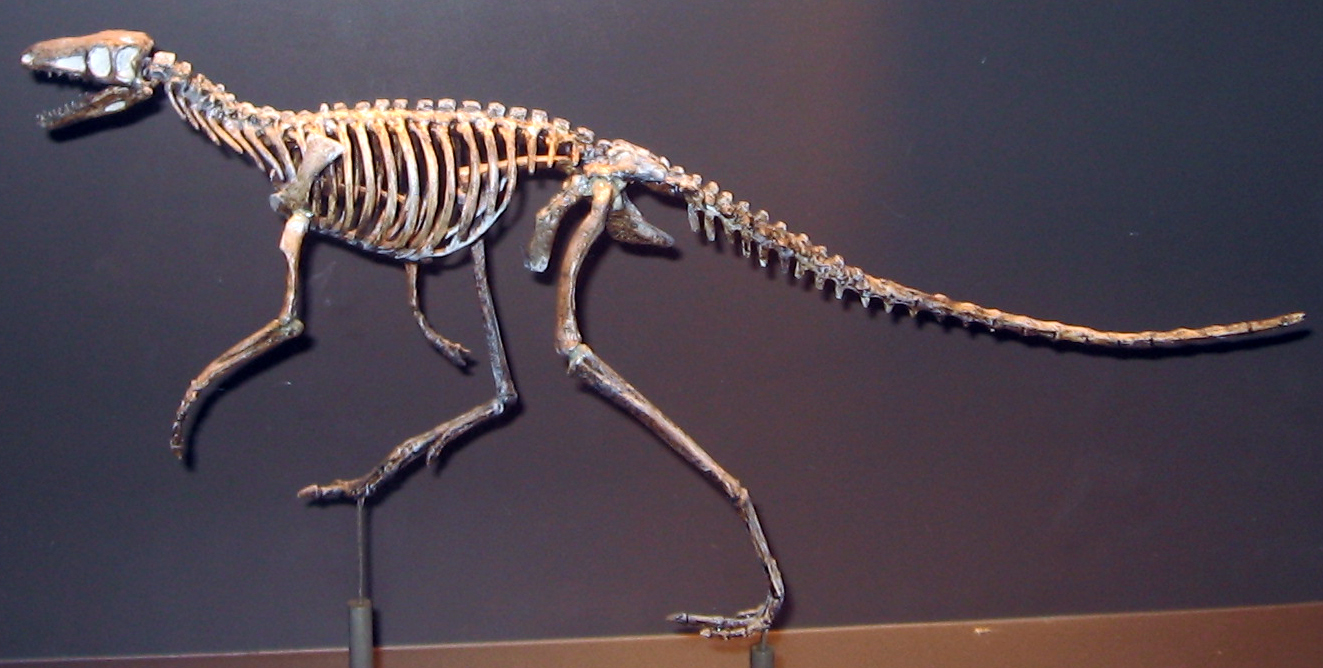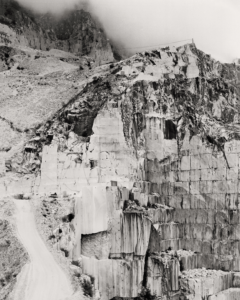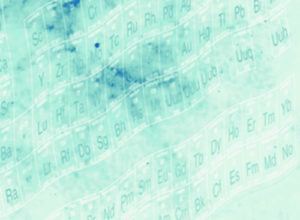Throughout the eras, five extreme events led to the extinction of a huge number of species in relatively short time (in the order of tens of thousands years). Such happenings, known as mass extinctions, consequence of equally extreme climatic changes, implicated therefore dramatic alterations of biosphere, promoting from time to time the affirmation of those species showing a greater adaptability to the new environmental conditions. The most famous mass extinction is undoubtedly the K-Pg, the one that around 66 million years ago, between Cretaceous and Paleocene, put an end to the existence of dinosaurs, as well as to plenty of other animal and plant species.
Driving factors of mass extinctions are still widely studied and debated, however a few common elements led scientific community to agree at least on general fundamentals. It is well known, indeed, that mass extinctions coincided, though with the proper approximation, with the deposit of considerable volumes of igneous material on Earth’s crust. Such sediments, known as Large Igneous Provinces (LIPs), testify therefore an intense volcanic activity reasonably held responsible for significant climate changes due to the huge emission of greenhouse gases originating from degassing of lava.
So, the correlation between LIPs and mass extinctions presupposes the possibility of their temporal matching. Studies in this field are indeed aimed at a precise dating of events through radiometric techniques, based on the observation of radioactive isotopes of a certain element and its decay products. Several studies carried out on the Deccan Traps, important LIP of west-central India dating from the end of Cretaceous, have placed the events on at least partially overlapping time lapses. Despite the disagreements between the different dating studies and numerous questions still to be answered, it is commonly acknowledged the idea that there’s a causal link between the intense volcanic activity generating LIPs and mass extinctions.
A complete understanding of phenomena related with mass extinctions can shed light on the relationship between extreme events and life, and in particular on how biosphere reacts to climate changes, that is a very timely topic in the Anthropocene. In such a context it is very interesting to highlight how important the role of rocks is: as if they were a cinematographic film, they’ve been impressed by events of the past, a past that is very far, but full of precious information. But the continuation is ours for the making…





bluray
12 Jan 2021I truly appreciate this post. I have been looking all over for this! Thank God I found it on Google. You have made my day! Thank you again. Janna Trumaine Spring